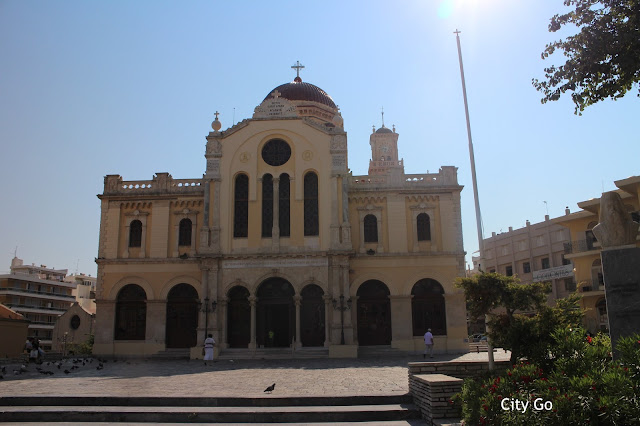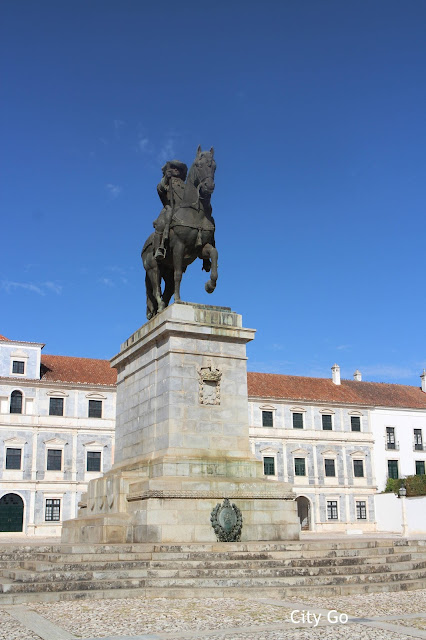Knossos, Heraklion, Greece

When excavations started, it had long been known that there once existed a city called Knossos. The first man to excavate the area, in 1878, was Minos Kalokairinos, a merchant from Heraklion and a lover of antiquity. However, the Turkish owners of the land compelled him to stop the excavations and the attempts of Schliemann (famous German archaeologist) to buy the land produced no results due to the high sums demanded. However, by 1900 the island had been declared an independent state and the Turkish decided to leave. Arthur Evans was able to buy the land and proceed with the excavations. By 1903 almost all the palace had been uncovered but Evans continued his research until 1931. During the excavations, part of the palace was restored and reinforced and the frescoes discovered were replaced by copies. The restoration methods used at Knossos have received much criticism and some of the conclusions reached by Evans have been questioned. The palace has been associated with the myt...




